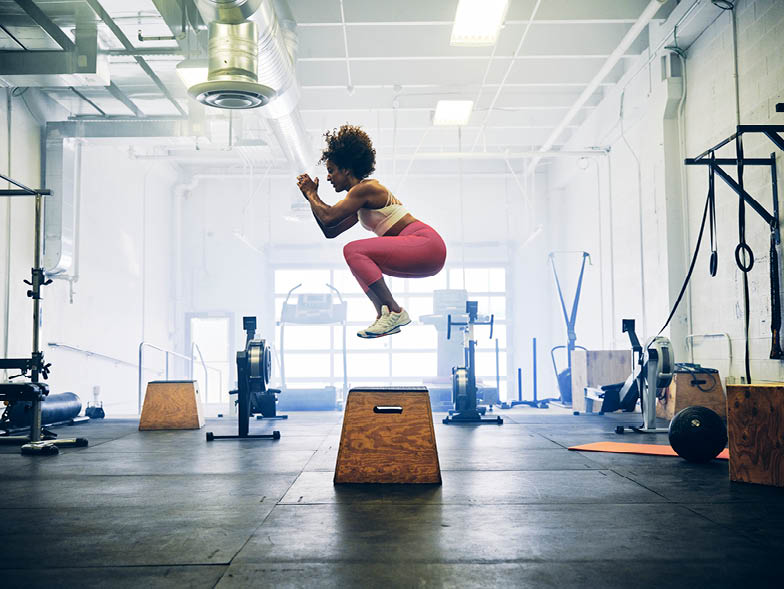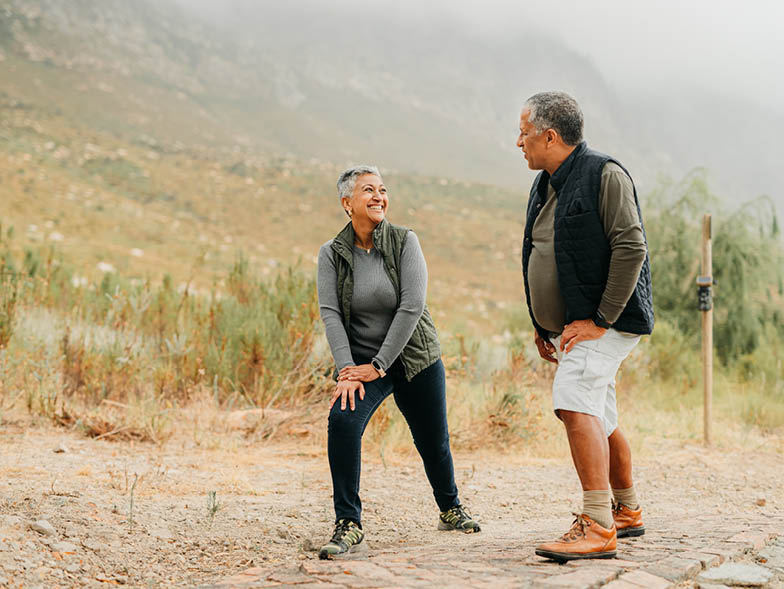Our Amazing Muscles
We all have our daily routines, especially during the work week. For example, on a typical morning, you may wake up, hit the alarm (or snooze button), drag yourself out of bed, eat breakfast, go to the gym, shower, and then start work.
One important common denominator? You need your muscles to do every single one of those activities. We tend to take muscles for granted, associating them with the brawn of bodybuilding, but they literally get us moving every day. So understanding what they are, how they work, what they do, and how to care for them is key to maximizing your health.

Mind-blowing muscle facts
The more you learn about muscles, the more you realize that they’re anatomical marvels. Here are some of the coolest—and most helpful to know—details about them.
- Humans have at least 600 total muscles.
- Much like the rest of the body, muscles are composed mostly of water (around 80 percent).
- Muscle mass can vary from person to person, but, in general, muscles account for about 40 to 50 percent of all body weight.
- The largest muscle in the body is the gluteus maximus, and the smallest muscles are in the ear.
- To read this sentence, you need muscles— specifically, your eye muscles. It’s estimated that they make 10,000 coordinated movements in just one hour of reading.
- When you feel warm and cozy, thank your muscles: they create around 85 percent of your body heat.
- Despite the common misperception, your muscles don’t push; they only pull.

Three ways to maximize your muscles
- Drink up There are many reasons why a cool, refreshing drink feels so good after a workout. In addition to replenishing the fluid you sweat away, water helps your muscles recover and repair themselves more quickly. Conversely, not being adequately hydrated can easily lead to pulled muscles and cramps.
- Eat protein-packed meals It’s common knowledge that protein is the primary building block of muscles, regardless of whether you’re aiming to maintain your muscle mass or build on it. However, how you get your protein is just as important. Try to avoid powders, if possible, and rely on whole foods. Animal-based proteins such as meat, dairy products, and eggs are ideal because they contain all nine essential amino acids. If you don’t favor animal products, foods like quinoa, soy products, beans, and nuts are good sources of protein, though you might need to supplement them with other protein sources. And sorry, Popeye: spinach is not nearly the best choice for a proteinpacked vegetable. Instead, opt for peas, which have about eight grams of protein per cup.
- Exercise Physical activity is important to your overall health, but it may impact your muscles the most. Especially because they keep vital organs humming, you need to ensure that your muscles get adequate oxygen and nutrients—which is exactly what activity provides. Aim to get the CDC’s recommended 150 minutes of moderate-level physical activity per week to keep your muscles in good shape.
In addition, heed the age-old wisdom of warming up and stretching before any workout. Limbering up allows for a fuller range of motion during your workout and can reduce the chance of a cramp or pulled muscle. So whether you’re power walking or powerlifting, make sure that you leave adequate time for stretching.
Muscle Types
The human body has three primary groups of muscles, and each performs different vital functions. Skeletal muscles are the most recognized ones, and for good reason: they’re the only types of muscles that we voluntarily control. We actively use them to do everything from looking and laughing to walking and wiggling our toes.
Just as important are our involuntary muscles: smooth muscles and cardiac muscles. These work behind the scenes to keep our bodies running, and they arguably work harder than skeletal muscles. After all, typical cardiac muscles produce approximately 100,000 beats a day every day while smooth muscles allow for processes like digestion and breathing.
Muscles and aging
Caring for your muscles is even more important as you age because as you get older, you gradually lose muscle mass. This naturally starts to happen at around age forty and intensifies in your seventies, but some research indicates that you can lose 3 to 5 percent per decade starting as early as your thirties. (This can also help to explain why older people tend to be colder—less muscle function reduces the body’s ability to produce heat.) So when it comes to caring for your muscles, the earlier you do so, the better. And if you’re already in your golden years, the best ways to fight age-related muscle loss include eating well (and eating enough), staying active, and reducing stress. A popular adage can summarize the importance of muscle: use it or lose it. Care for your muscles adequately and strengthen them, and they will literally carry you through life.


















